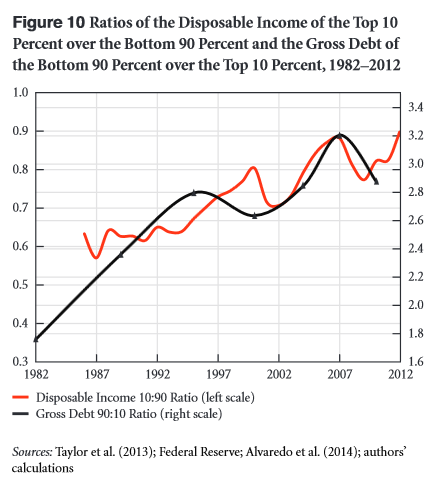Taxes and the Public Purpose
In previous installments we have established that “taxes drive money.” What we mean by that is that sovereign government chooses a money of account (Dollar in the USA), imposes obligations in that unit (taxes, fees, fines, tithes, tolls, or tribute), and issues the currency that can be used to “redeem” oneself in payments to the government. Currency is like the “Get Out of Jail Free” card in the game of Monopoly.
Taxes create a demand for “that which is necessary to pay taxes” (and other obligations to the state), which allows the government to purchase resources to pursue the public purpose by spending the currency.
Warren Mosler puts it this way: the purpose of the tax is to create unemployment. That might sound a bit strange, but if we define unemployment as a situation in which job seekers want to work for money wages, then government can hire them by offering its currency. The tax frees resources from private use so that government can employ them in public use.
To greatly simplify, money is a measuring unit, originally created by rulers to value the fees, fines, and taxes owed.
By putting the subjects or citizens into debt, real resources could be moved to serve the public purpose. Taxes drive money.
So, money was created to give government command over socially created resources.
As Warren puts it, taxes function first to create sellers of real goods and services, and have further consequences as well, including what falls under “social engineering,” which are political decisions—something we’ll discuss a bit more below.
This is why money is linked to sovereign power—the power to command resources. That power is rarely absolute. It is contested, with other sovereigns but often more important is the contest with domestic creditors. Too much debt to private creditors reduces sovereign power—it destroys the balance of power needed to govern. continue reading…






 ShareThis
ShareThis